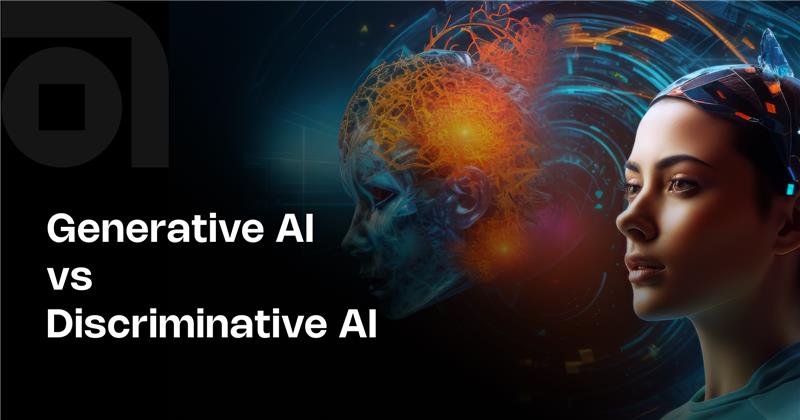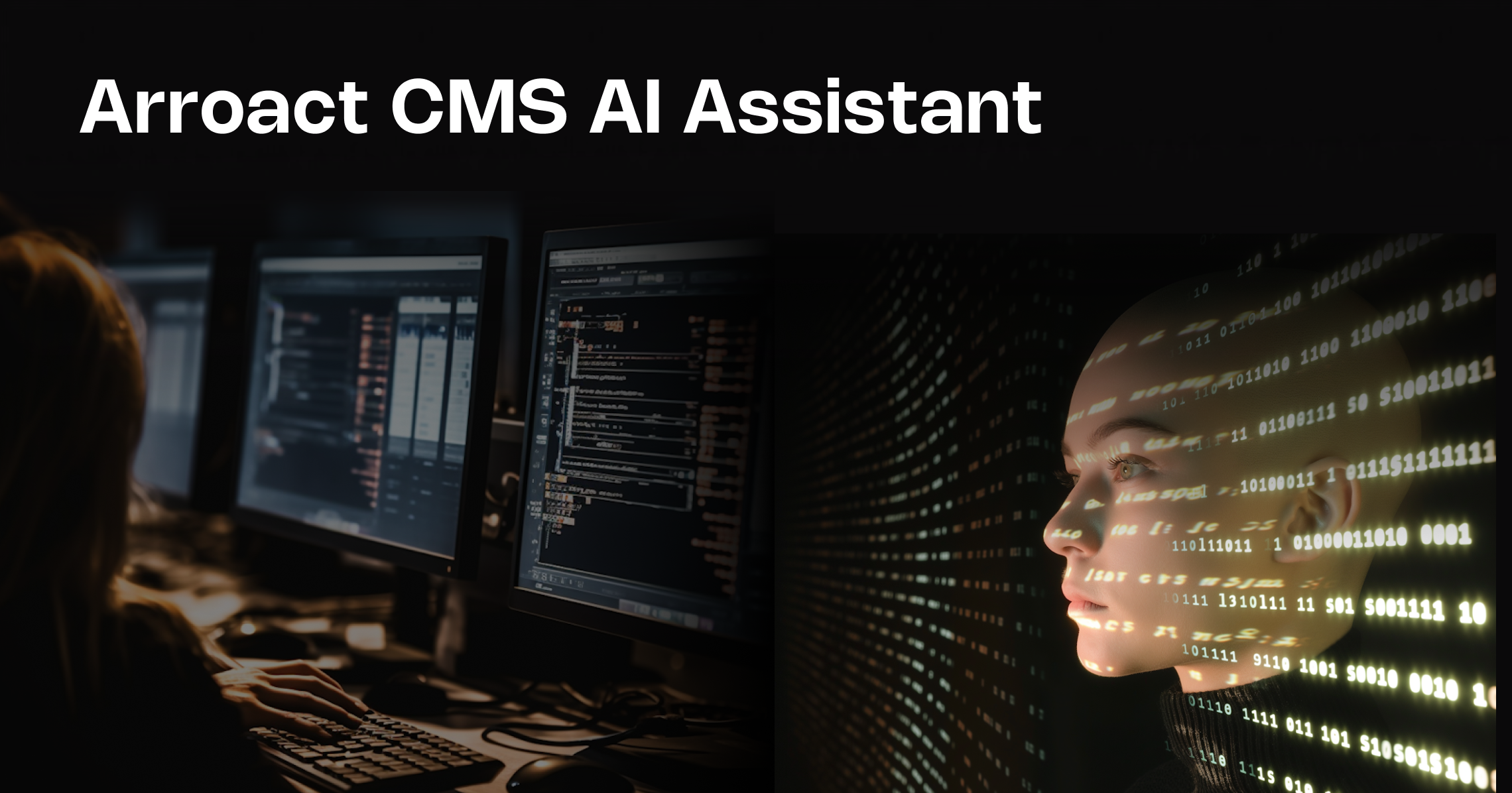
Generative AI vs Traditional AI: 8 Key Differences You Should Know
AI has developed at an accelerated pace over the past few years, and one of the largest technological shifts in history has been the transition to Generative AI, rather than traditional machine learning. However, the point here is that even though both are part of the same AI family, they do not operate in the same manner.
Have you ever wondered what the difference between Generative AI and regular AI is, or how these two approaches influence businesses, creativity, and automation?
This guide will simplify it all. Not only will you be able to see the fundamental differences, but you will also know when and why you need to use one of them instead of the other.
What is Traditional AI?
Traditional AI, also referred to as narrow AI or analytical AI, deals with identifying patterns, automating rules, and making predictions using data. The system that drives your email spam filters, recommendation engines, fraud detection models, and chatbots, which can answer using pre-written scripts, is the one you rely on daily. It does not produce anything new. Rather, it uses the existing data trends to categorize, forecast, or make decisions.
Some archetypal ones are:
- Finance or insurance predictive models.
- Image classification machine learning systems.
- Text processing: Natural language processing systems.
Traditional AI resembles a good analyst, excelling at number crunching, predicting trends, and providing insights about the past.
What is Generative AI?
The new era of artificial intelligence is generative AI, which can generate, imagine, and create new content on its own.
Rather than merely processing data, it learns the form of data and consequently generates novel outputs, including text, images, video, music, or even software code that replicates the logic and tone of the original input.
You may have noticed it in practice:
- ChatGPT writing essays or articles.
- Generating images with DALL·E and Midjourney.
- Synthesis of human-like video promoters.
It runs on massive language models (LLMs) and convolutional algorithms (like GANs (Generative Adversarial Networks)) based on deep learning.
Generative AI Types
In order to conceptualize it, it would be useful to briefly review the most common forms of generative AI systems you are going to encounter:
- Text-based Generative AI - Chatbots such as ChatGPT, Gemini, and Claude generate written texts, code, or scripts.
- Image Generators – Platforms like DALL·E, Midjourney, and Stable Diffusion that produce visual art and designs.
- Video Generators – AI-based video models that generate short videos, adverts, or other explanatory videos based on textual input.
- Audio and Music Generators – AI tools that produce voices, podcasts, or songs.
- 3D and Simulation Models – Applied in gaming, architecture, and industrial design to do virtual prototyping.
All these demonstrate how generative models are re-conceptualizing the frontiers of creative and roboticization.
Generative AI vs Regular AI: The 8 Key Differences
The eight key differences between the conventional (ordinary) AI and generative AI will be deconstructed in a simple and relevant way to the real world.
1. Purpose and Function
Conventional AI is designed to analyze, predict, and automate.
- Traditional AI: Checks credit card fraud, suggests products, or categorizes data.
- Generative AI: Sends personalized emails, creates new product logos or marketing copy.
Conventional AI is rule-based. Generative AI understands the context and creates something new on it.
2. Data Utilization
Classical AI operates on structured data - imagine numbers, categories, and well-designated information. Generative AI uses unstructured data such as text, sound, or images to train and imitate patterns.
Therefore, while conventional AI can process a set of customer transactions, generative AI can analyze customer reviews to generate marketing ideas or chat replies.
3. Learning Approach
Here’s a major divide:
- The classical form of AI is based on supervised learning, which involves training the AI on labeled data and learning how to label or predict it.
- Generative AI is based on unsupervised or self-supervised learning, which identifies patterns in the background and generates data independently.
That is why classical AI requires you to tag cats and dogs, whereas generative AI can simply look into millions of images and understand what a cat is.
4. Output Capabilities
Conventional AI presents you with decision or prediction answers - such as whether a transaction is a fraud or what movie you would like. Generative AI provides you with new works, a blog, a video, design, or even synthetic data.
It’s the difference between:
- Traditional AI: “This is a cat.”
- Generative AI: “The following is a picture of a cat I have just generated.
5. Use Cases
The classical AI is used to execute analytical functions like:
- Predictive maintenance
- Process automation
- Risk assessment
- Speech or image recognition
Examples of creative and innovative use cases that use generative AI include:
- Creation and copywriting of content.
- Computerized design and illustration.
- Chatbots and virtual assistants.
- Programmer generation.
They have two purposes each: to be maximized and to be innovative.
6. Infrastructure and Complexity
Custom AI systems are less complicated and may need less hardware (in terms of Gordon units) as well as less software and hardware maintenance.
Generative AI, on the other hand, is costly in terms of resources, including the size of the neural network, the type of GPUs, and the massive amounts of data required to make them work. It explains why there are large tech companies (OpenAI, Google, Anthropic) at the front of the generative race, given the huge computational expenses involved.
7. Ethical and Security Issues
The ethical implications of both are different, yet the difficulties vary.
- Traditional AI: Discrimination in data may lead to unfair judgments, such as in hiring or lending decisions.
- Generative AI: The technology is associated with concerns about misinformation, copyright infringement, and deepfakes.
With the rise of generative AI, the issue of responsible AI governance and ethical standards is becoming as important as innovation.
8. Human Involvement
Traditional AI is largely human-directed - rules are designed by humans, data labeled by humans, and results of the tested cases are tested by humans.
- Generative AI can assist people by taking prompts or instructions and then handling everything from idea-generation to implementation.
- It is similar to driving a car with your hands following the instructions of an autonomous car. Still, you are in charge of the goal, but not all the decisions on the way.
When to Use Traditional AI vs Generative AI
The selection of generative AI and traditional AI is dependent on business goals.
Traditional AI should be utilized in cases where you aim to achieve:
- Anticipate customer loss or demand.
- Automate current work processes.
- Increase the efficiency of operations.
- Decide using structured data.
You ought to employ generative AI in cases where you wish:
- Produce scale content marketing or personalized content.
- Develop chatbots such as AI.
- Generate simulation environments to research or product design.
- Creating new codes, designs or product prototypes.
Briefly, classical AI addresses issues, while generative AI creates opportunities.
Which One Should You Choose: Generative AI vs Traditional AI?
Let’s make it clear with a quick comparison of Generative AI vs Traditional AI:
|
Criteria |
Generative AI |
Traditional AI |
|
Purpose |
Create new data, content, or designs |
Analyze data, predict outcomes |
|
Learning Type |
Unsupervised / Self-supervised |
Supervised / Semi-supervised |
|
Data Type |
Unstructured (text, image, audio) |
Structured / Tabular |
|
Output |
Creative or synthetic data |
Analytical insights |
|
Use Cases |
Chatbots, design, marketing, coding |
Fraud detection, forecasting, automation |
|
Complexity |
High (LLMs, GANs, VAEs) |
Moderate |
|
Ethical Risk |
Deepfakes, data privacy |
Bias in decisions |
|
Best For |
Innovation, personalization |
Optimization, automation |
Final Thoughts
Generative AI and Traditional AI have some strengths. Whereas classic AI can enable you to automate things and make data-driven decisions, generative AI can enable you to go beyond creative and strategic boundaries. The most intelligent companies in 2025 will not prefer either option, but they will integrate both to innovate more quickly and scale intelligently.
Arroact can assist you in creating the right roadmap should you want to pursue either of the two directions. Being a progressive AI development and consulting firm, Arroact focuses on creating custom AI systems that are both automated and creative.
Arroact is helping you to launch an enterprise-level software, intelligent assistants, or any implementation of AI into your existing systems because you relied on Arroact to get you from concept to a scalable success
Frequently Asked Questions
Related Blogs


Read More

Read More

Read More
